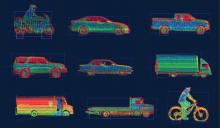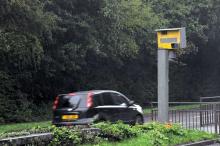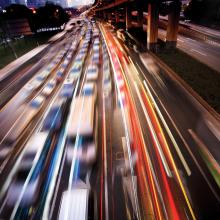You might think that a static metal or concrete bollard would be a cheap way of marking off a restricted area or car park. But it can cost up to €30,000 to install a bollard. And costs continue to be incurred, as bollards will typically be damaged by vehicles five or six times in a year. In fact, it is five times cheaper to install a camera and link it to licence plate-reading software and a ‘white list’ of vehicles that are allowed to enter the restricted area, says Erik Dijkshoorn, director of Vigilans, w
April 6, 2016
Read time: 2 mins

You might think that a static metal or concrete bollard would be a cheap way of marking off a restricted area or car park.
But it can cost up to €30,000 to install a bollard. And costs continue to be incurred, as bollards will typically be damaged by vehicles five or six times in a year.
In fact, it is five times cheaper to install a camera and link it to licence plate-reading software and a ‘white list’ of vehicles that are allowed to enter the restricted area, says Erik Dijkshoorn, director of Vigilans, which handles the training of municipal authorities or companies that buy the camera system.
Vigilans is owned by 2114 ARS Traffic & Transport Technology, which sells or leases these camera systems and creates the relevant software. There are around 7000 bollards in the Netherlands and ARS believes that 80-90% of them will be replaced with cameras in the next four years.
“It’s all about big data now, and sensors,” says Dijkshoorn. “A camera system is a type of sensor and, in future, governments will buy data.” Vigilans and ARS are in talks with several countries over purchasing their system.















